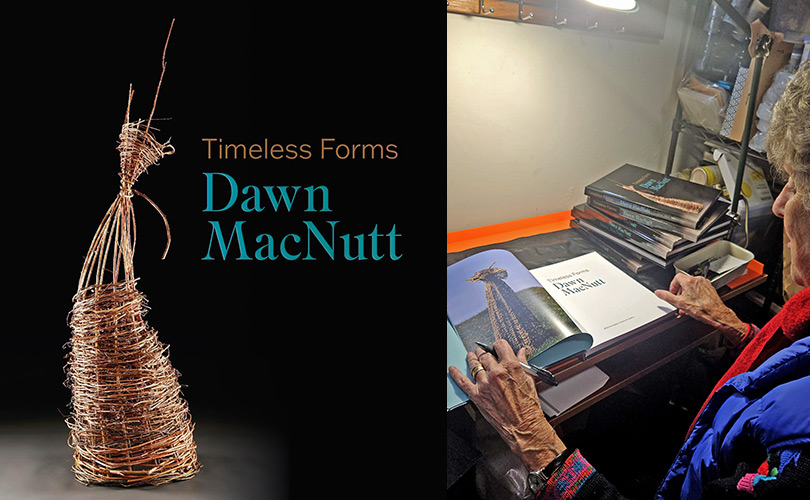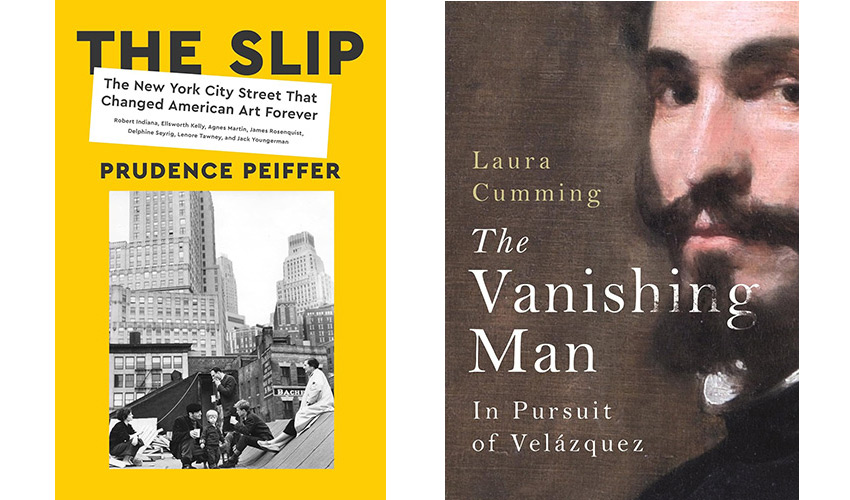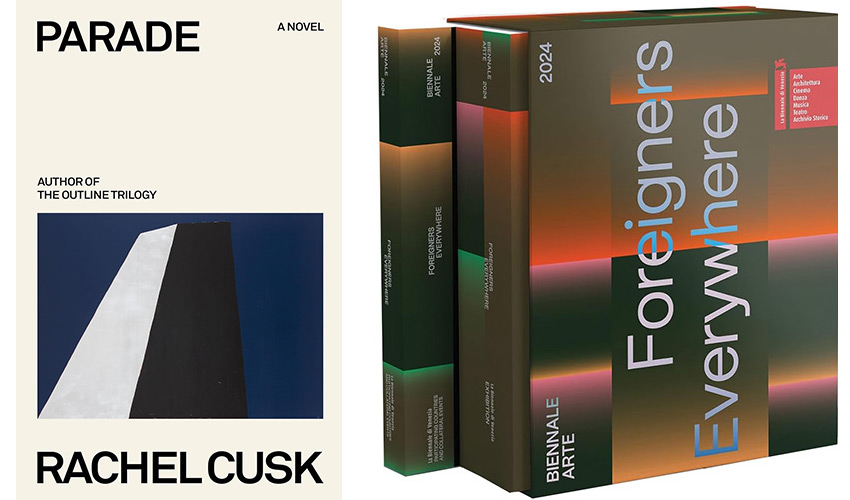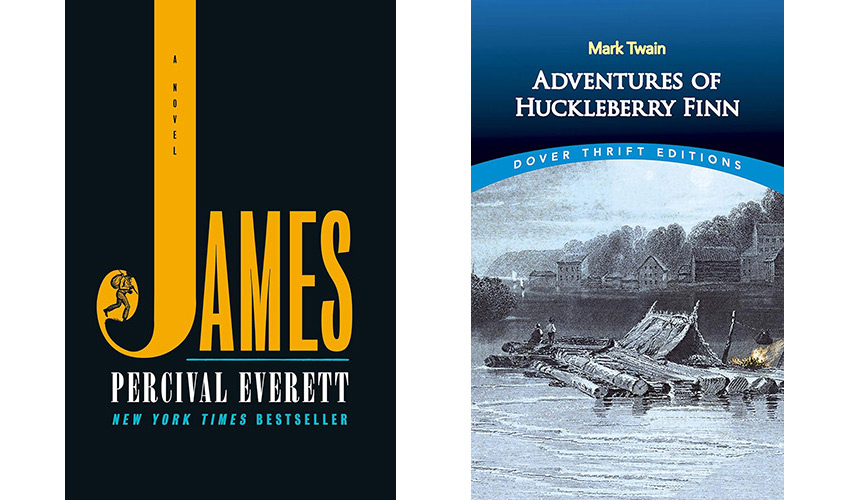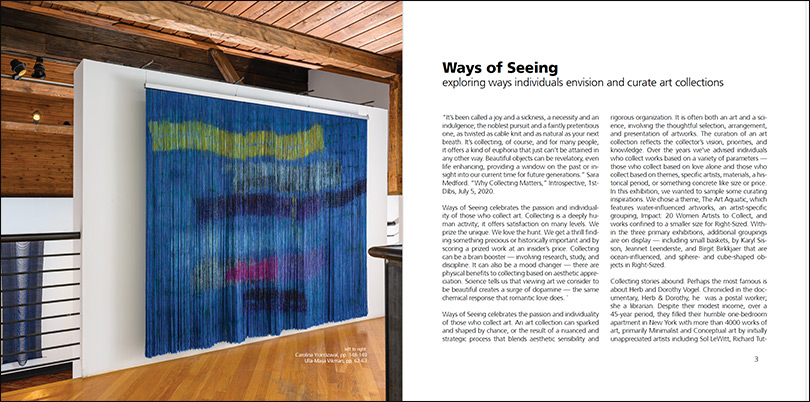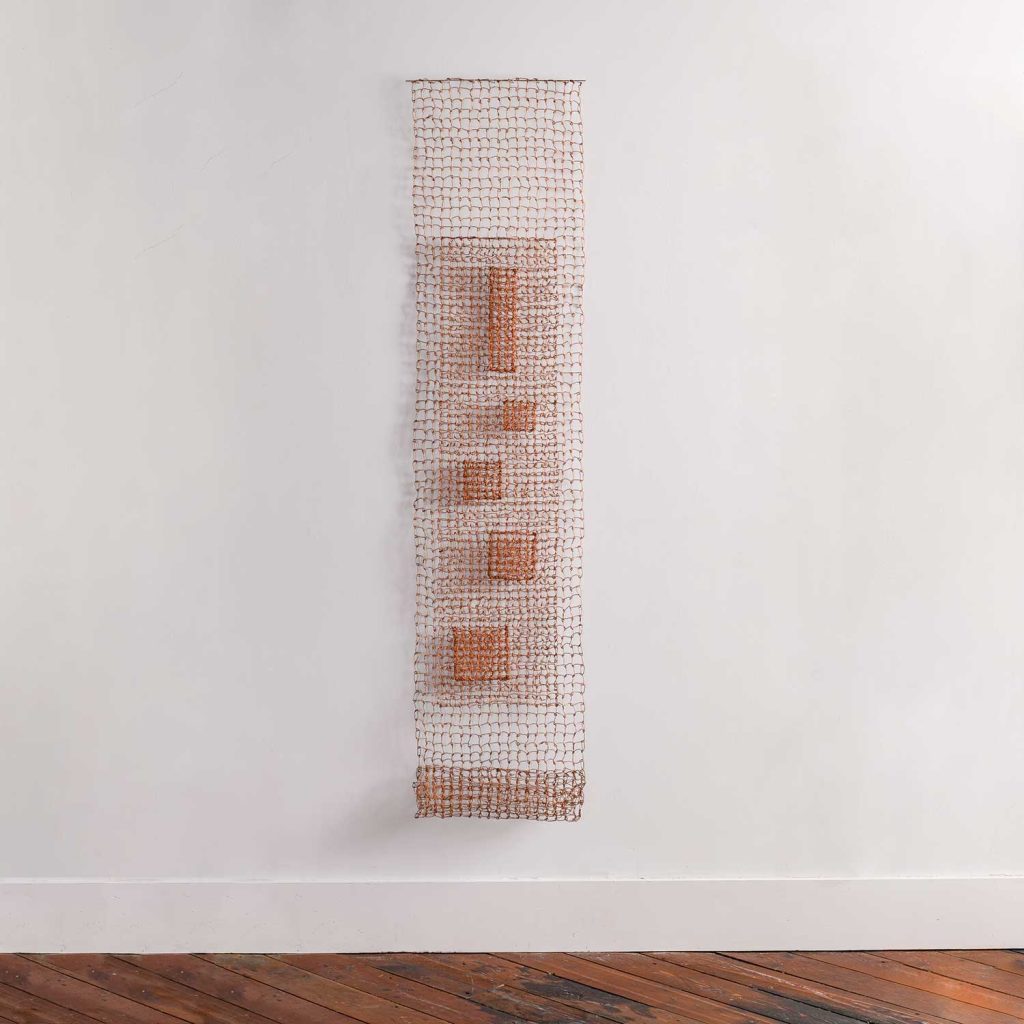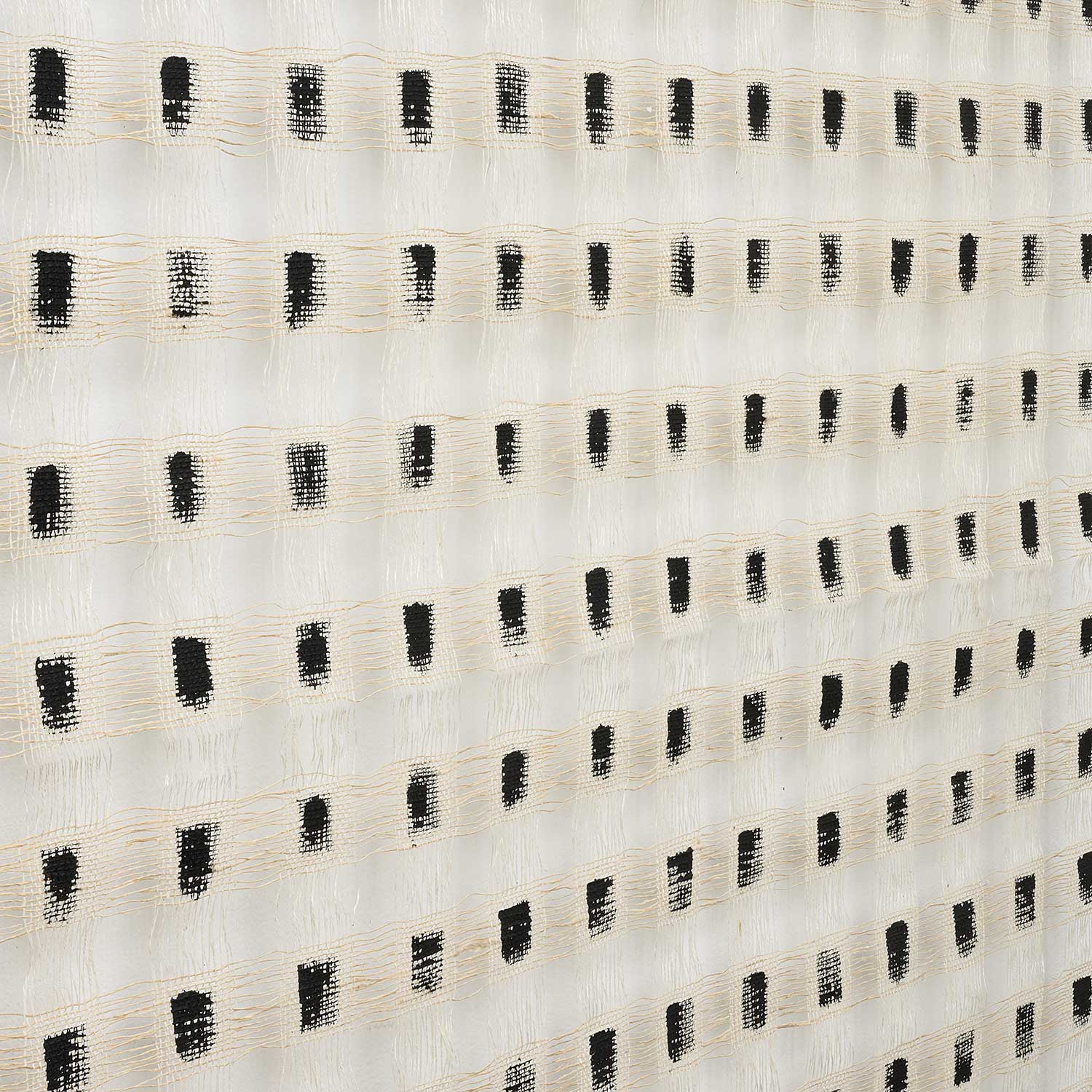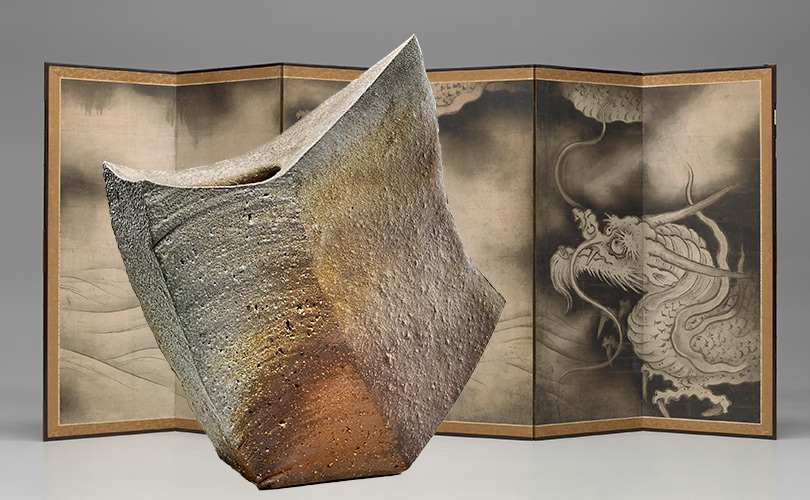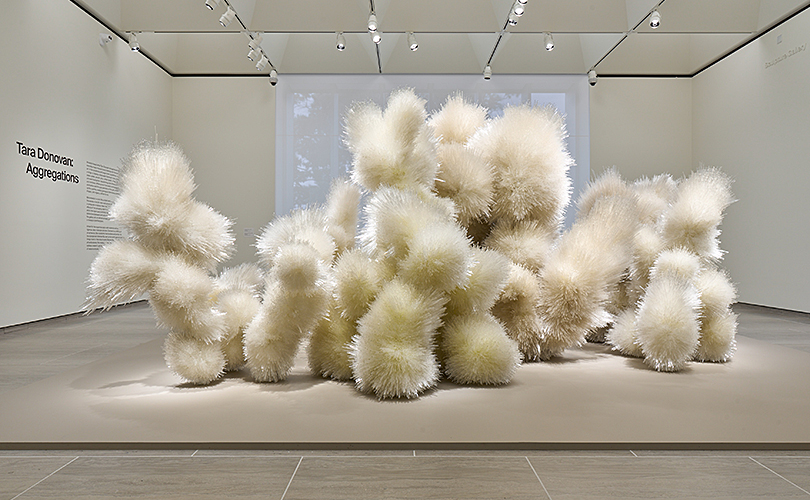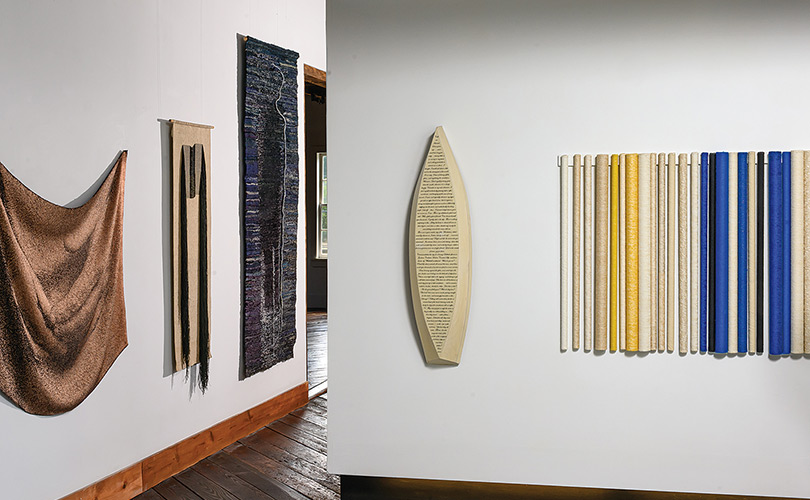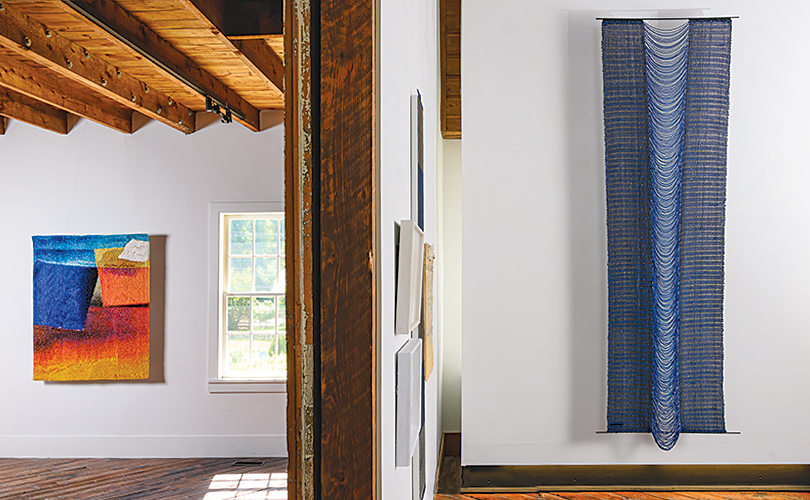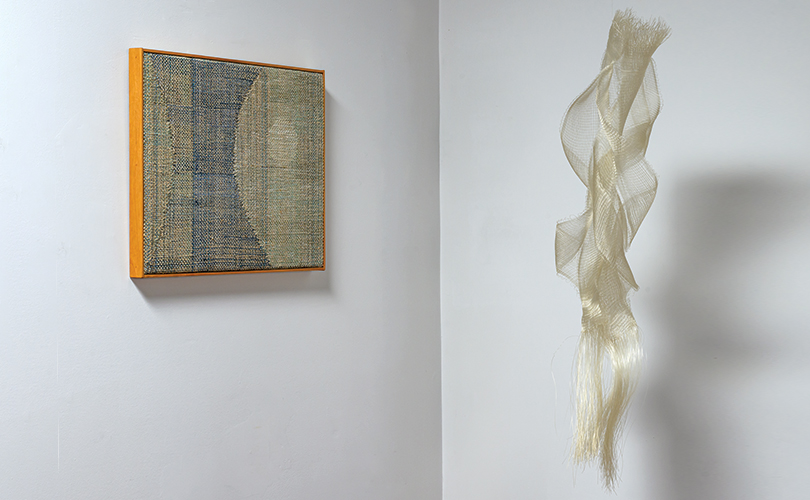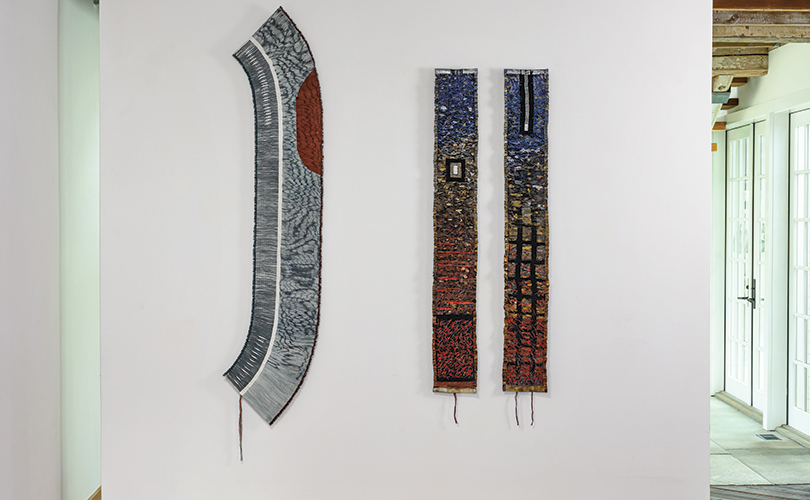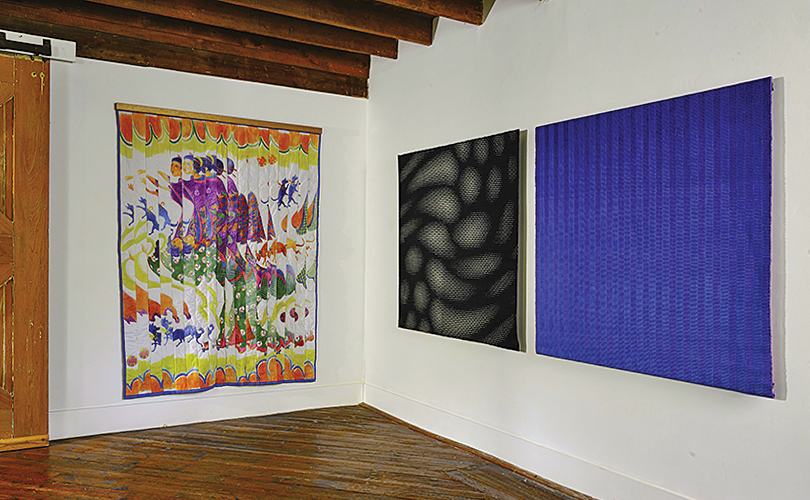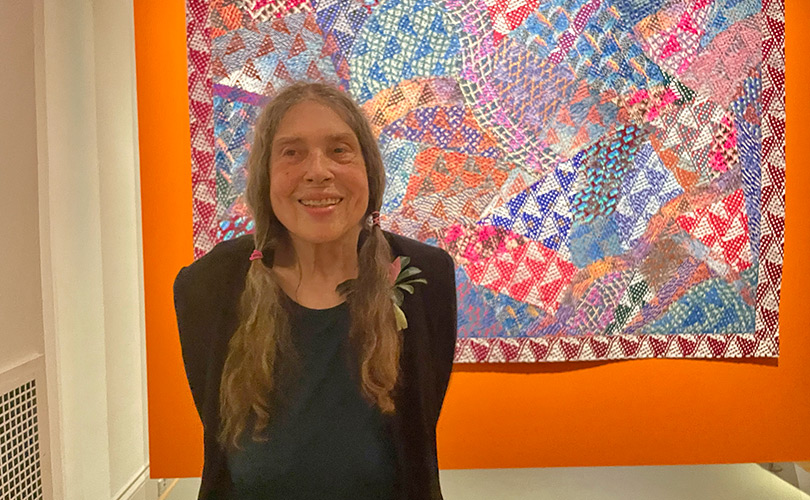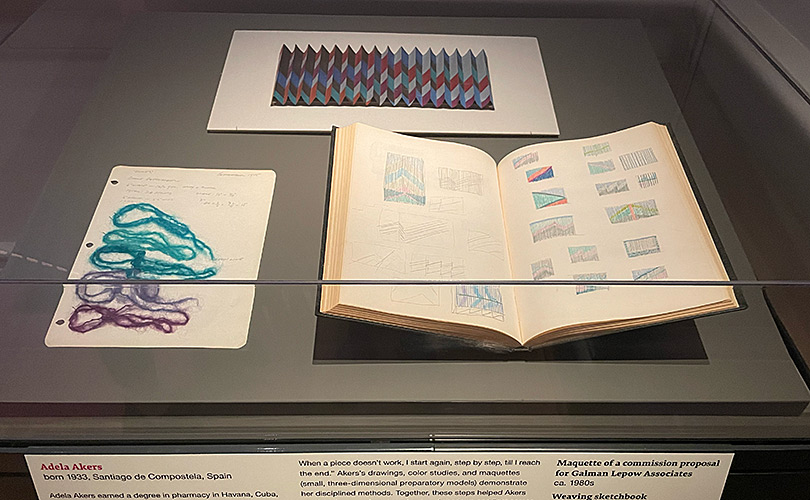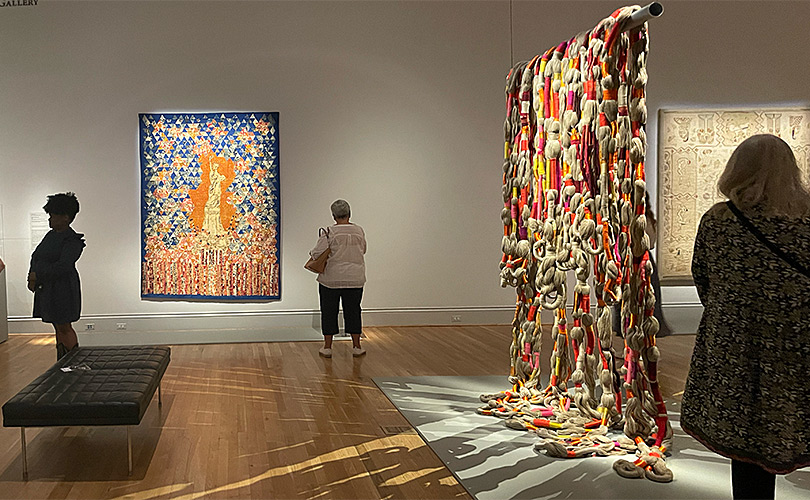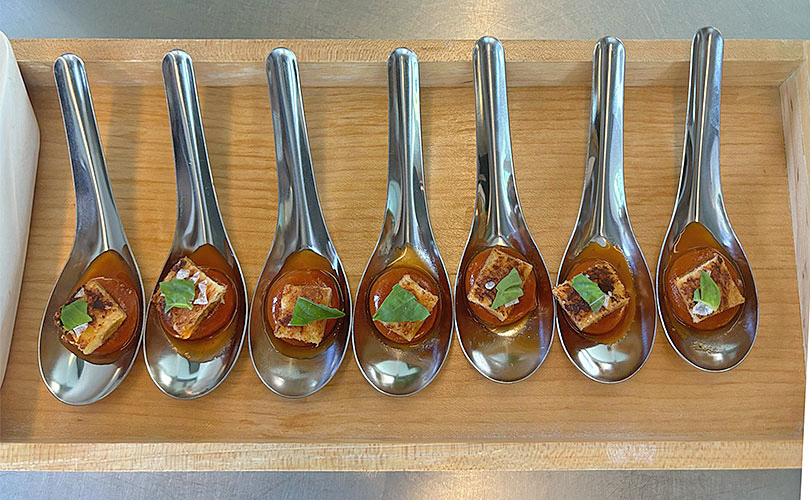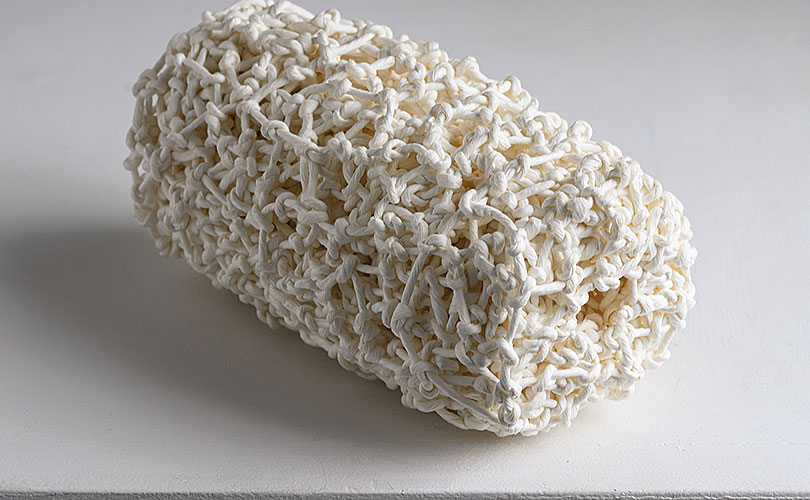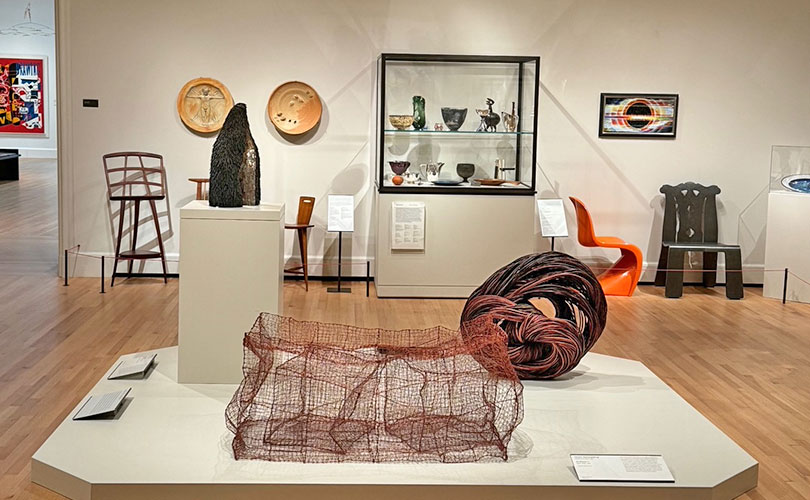East Coast fans of fiber art have much to celebrate this Spring and Summer. Exhibitions abound — New York, Rhode Island, and five in Connecticut.
The Museum of Modern Art in New York City will host Woven Histories: Textiles and Modern Abstraction beginning this month. The exhibition puts into dialogue some 160 works by more than 50 creators from across generations and continents, exploring the contributions of weaving and related techniques to abstraction, modernism’s preeminent art form. Woven Histories opens on April 20th and runs through September 13, 2025.

In Field Notes: an art survey, which opens runs from May 3rd to May 11th, browngrotta arts has gone “into the field” to learn what artists in 15 countries are thinking about and creating at this point in fiber art’s popularity. The exhibition will also feature important works by significant works by artists integral to the origins of contemporary fiber art, including Kay Sekimachi and Sheila Hicks.
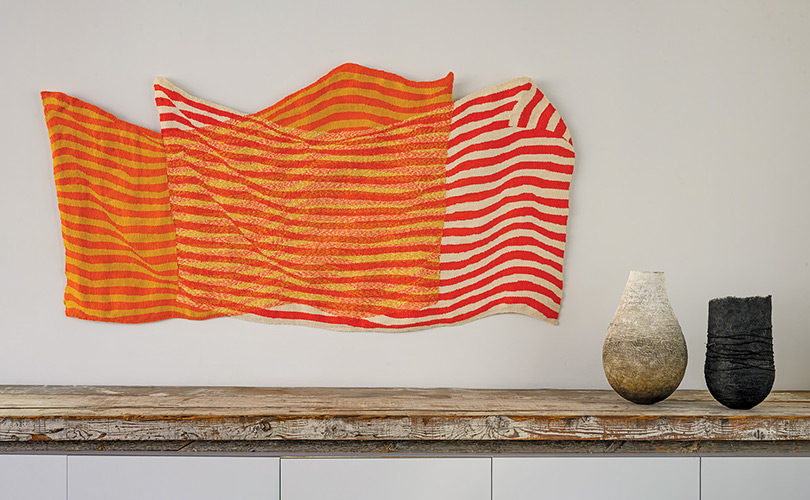
Fiber 2025 will open on May 10th at the Silvermine Art Galleries in New Canaan, Connecticut. Fiber 2025 is a juried exhibition. The jurors are Tom Grotta and Rhonda Brown of browngrotta arts. This international exhibition seeks to showcase the best of contemporary fiber art, reflecting the breadth of functional or non-functional works that use fiber and/or fiber art techniques in traditional or innovative ways. Artwork in this exhibition may be made from natural or high tech materials that reference fiber and that blur the lines between art, architecture and craft. Fiber 2025 will run through June 19, 2025.

In conjunction with Fiber 2025, browngrotta arts will curate two small exhibitions in the Silvermine Galleries. The first, Masters of the Medium, CT, will highlight the work of Helena Hernmarck and Norma Minkowitz.A recipient of the Connecticut Governor’s Arts Award, Helena Hernmarck is a Swedish-born artist and hand weaver recognized for revolutionizing tapestry as a medium suited to modern architectural environments. Norma Minkowitz explores the possibilities of crocheted, interlaced sculptures stiffened into hard mesh-like structures. Her works are abstract, figurative, often self-referential, and found in numerous museum collections. Both Hernmarck and Minkowitz are Fellows of the American Craft Council. The second exhibition, Mastery and Materiality: International, will feature work by 17 artists from nine countries, including renowned Jacquard weavers Grethe Sørensen and Lia Cook, from Denmark and the US, accomplished embroiderers Åse Ljones and Heidrun Schimmel, from Norway and Germany, and fiber sculptors from the US, UK, and Japan who work in seaweed, bark, wire, paper straws, lead, and fish scales.
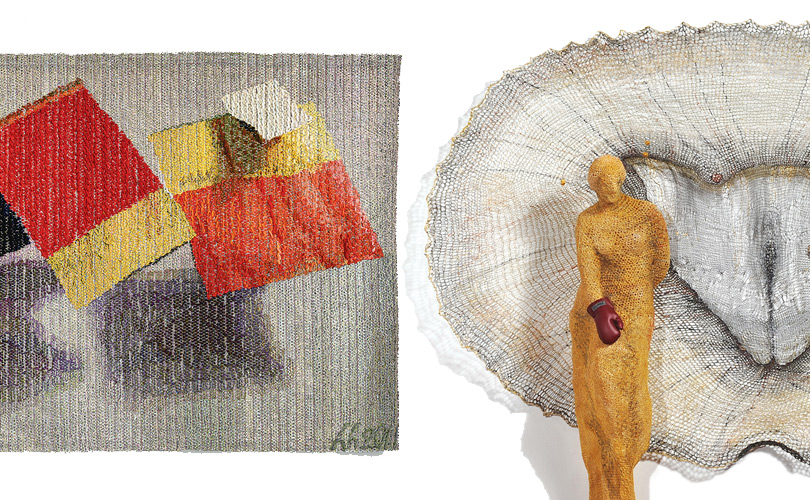
In West Cornwall, Connecticut, WEFAN, a group exhibition curated by Dina Wright of Lov Art, will be on view at the historic Hughes Memorial Library from May 24 to June 28, 2025. Featuring works by Dorothy Gill Barnes, Dee Clements, Dominic Di Mare, Marion Hildebrandt, Kat Howard, Sue Lawty, Ed Rossbach, Norma Minkowitz, Judy Mulford, Nettie Sumner, and Masako Yoshida, the exhibition explores themes of coalescence and intertwinement. WEFAN is derived from the Old English word which translates “to weave.” This show celebrates the artists’ shared engagement with fiber while challenging the conventional boundaries of textile and sculptural traditions.

Summer offers more delights. On June 5th, the Bruce Museum in Greenwich, Connecticut, will present the first major retrospective of Jeremy Frey’s work. From the museum’s description of Jeremy Frey: Woven: “A seventh-generation Passamaquoddy basket maker and one of the most celebrated Indigenous weavers in the country, Frey learned traditional Wabanaki weaving techniques from his mother and through apprenticeships at the Maine Indian Basketmakers Alliance. While Frey builds on these cultural foundations in his work, he also pushes the creative limits of his medium…” The exhibition features over 50 baskets made of raw materials such as sweetgrass, cedar, spruce root, and porcupine quills. It will run through September 7, 2025.
In July, the Rhode Island School of Design in Providence will host Liz Collins, Motherlode. The exhibition will celebrate the richly varied career and work of the New York-based Queer feminist artist known for her bold abstract patterns, inventive use of materials, and radical experiments with fiber. Over the past three decades, Collins (b. 1968) has excavated deep below the surface of established ways of making, bringing to light eye-dazzling creations that disrupt the boundaries between art, design, and craft.

Midwesterners and West Coasters have their own opportunities to view exceptional fiber art this year. Ruth Asawa: retrospective opens at the San Francisco Museum of Art opens this week. From vibrant drawings and paintings to clay masks and cast bronze sculptures, more than 300 works give insight into Asawa’s relentlessly experimental vision. In San Jose, the Museum of Quilts and Textiles will feature Kay Sekimachi: Ingenuity and Imagination opening in June. Sekimachi learned origami, painting and drawing while in an incarceration camp for Japanese Americans during World War II. By 1949, she was weaving large, complex wall hangings. In the late 1970s, Sekimachi began to create small pots and bowls that combined Japanese paper with materials left over from her weaving. She also created bowls of dried leaves and hornet’s nest paper.and card weavings, influenced by Paul Klee. (Rarely seen works from Sekimachi’s early days as a weaver in the 1950s will be exhibited in Field Notes at browngrotta arts in May.) At the Denver Art Museum, you’ll find Confluence in Nature: Nancy Hemenway Barton, which features 17 works by Hemenway (1920–2008), a multidisciplinary artist, found her voice as she traveled the world, experiencing rich colorful cultural traditions from the Andean weavers in Bolivia to appliquéd textiles by the Fon in Benin.

So much to enjoy!!
Woven Histories: Textiles and Modern Abstraction
April 20 – September 13, 2025
Museum of Modern Art
New York, NY
https://press.moma.org/exhibition/woven-histories
Field Notes: an art survey
May 3 – 11, 2025
browngrotta arts
Wilton, CT
https://browngrotta.com/exhibitions/field-notes
Fiber 2025/Masters of the Medium: CT/Mastery and Materiality: International
May 10 – June 19, 2025
Silvermine Galleries
New Canaan, CT
https://www.silvermineart.org/online-exhibition/fiber-2025
WEFAN
May 24 – June 28, 2025
Hughes Memorial Library
West Cornwall, CT
@_lov_art
Jeremy Frey: Woven
June 5 – September 7, 2025
The Bruce Museum
Greenwich, CT
https://brucemuseum.org/whats-on/jeremy-frey-woven
Liz Collins, Motherlode
July 19, 2025 – January 11, 2026
RISD Museum
Providence, RI
https://risdmuseum.org/exhibitions-events/events/liz-collins
Ruth Asawa: retrospective
April 5 – September 2, 2025
San Francisco Museum of Art
San Francisco, CA
https://www.sfmoma.org/exhibition/ruth-asawa-retrospective
Kay Sekimachi: Ingenuity and Imagination
June 5 – September 7, 2025
San Jose Museum of Quilts and Textiles
San Jose, CA
https://sj-mqt.org/upcoming-exhibitions
Confluence in Nature: Nancy Hemenway Barton
Through October 19, 2025
Denver Art Museum
Denver, CO
https://www.denverartmuseum.org/en/exhibitions/nancy-hemenway-barton

